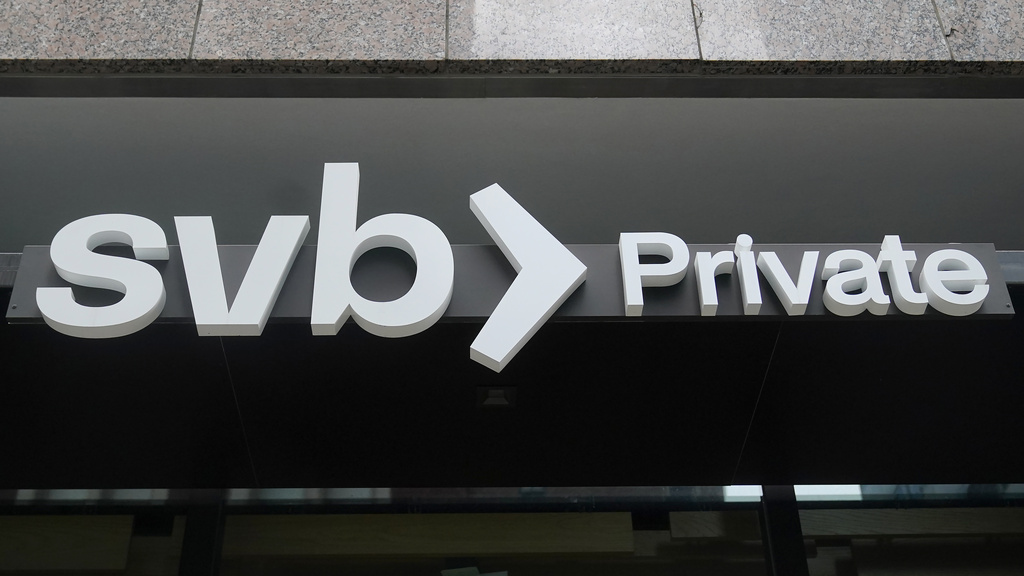
New York (CNN) — It’s difficult to overstate the influence that Silicon Valley Bank had over the startup world and the ripple effect its collapse this month had on the global tech sector and banking system.
While SVB was largely known as a regional bank to those outside of the tight-knit venture capital sphere, within certain circles it had become an integral part of the community – a bank that managed the idiosyncrasies of the tech world and helped pave the way for the Silicon Valley-based boom that has consumed much of the economy over the past three decades.
SVB’s collapse was the largest bank failure since the 2008 financial crisis: It was the 16th largest bank in the country, holding about $342 billion in client funds and $74 billion in loans.
At the time of its collapse, about half of all US venture-backed technology and life science firms were banking with SVB. In total, it was the bank for about 2,500 venture firms including Andreessen Horowitz, Sequoia Capital, Bain Capital, and Insight Partners.
But the influence of SVB went beyond lending and banking – former CEO Gregory Becker sat on the boards of numerous tech advocacy groups in the Bay Area. He chaired the TechNet trade association and the Silicon Valley Leadership Group, was a director of the Federal Reserve Bank of San Francisco, and served on the United States Department of Commerce’s Digital Economy Board of Advisors.
There’s no doubt that the failure of Silicon Valley Bank left a large void in tech. The question is how that gap will be filled.
To find out, Before the Bell spoke with Ahmad Thomas, president and CEO of the Silicon Valley Leadership Group. The influential advocacy group is working to convene its hundreds of member companies – including Amazon, Bank of America, BlackRock, Google, Microsoft, and Meta – to discuss what happens next.
This interview has been edited for length and clarity.
Before the Bell: What’s the feeling on the ground with tech and VC leadership in Silicon Valley?
Ahmad Thomas: Silicon Valley Bank has been a key part of our fabric here for four decades. SVB was truly a pillar of the community and the innovation economy. The absence of SVB – that void – and coalescing leaders to fill that void is where my energy is focused and that is not a small task.
I would say there was a fairly high level of unease a few days ago, and I believe the swift steps taken by leaders in Washington have helped quell a fair amount of that unease, but looking at Credit Suisse and First Republic just over the last couple of days, clearly, we are in a situation that is going to continue to develop in the weeks and months ahead.
So how do you fill it?
We’re working to be a voice around stability, particularly about the fundamentals of the innovation economy. We can acknowledge the void given the absence of Silicon Valley Bank, but I do think we need voices out there to be very clear in highlighting that the fundamentals and the innovation infrastructure remains robust here in Silicon Valley.
This is a moment where I think people need to take a step back, let cooler heads prevail, and understand that there are opportunities both from an investment standpoint, a community engagement standpoint, and a corporate citizenship standpoint for new leaders in Silicon Valley to step up.
Are you working to advocate for more permanent regulation in DC?
It’s far too early for that. But if there are opportunities to enhance access to capital to entrepreneurs to founders of color or in marginalized communities and if there are opportunities to try and drive innovation and economic growth, we will always be at the table for those conversations.
Do you have any ideas about how long this crisis will continue for? What’s your outlook?
The problem is twofold: A crisis of confidence and the set of economic conditions on the ground. The economic conditions remain volatile for a variety of reasons: The softening economy, inflationary pressures and the interest rate environment. But I think right now we need to focus on stabilizing confidence in the investor community, in our business executive community, and in the broader set of stakeholders around the strength of the innovation economy. That is something we need to shore up near term.


